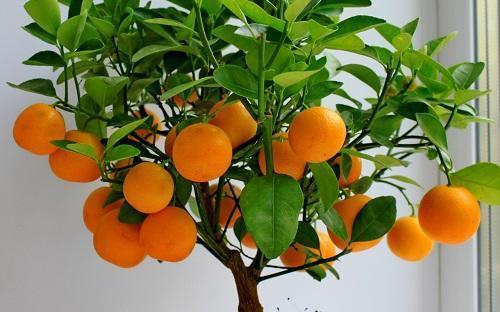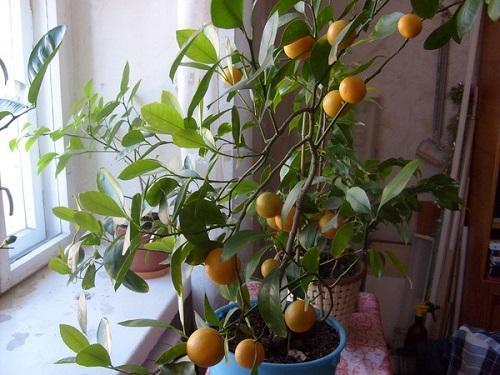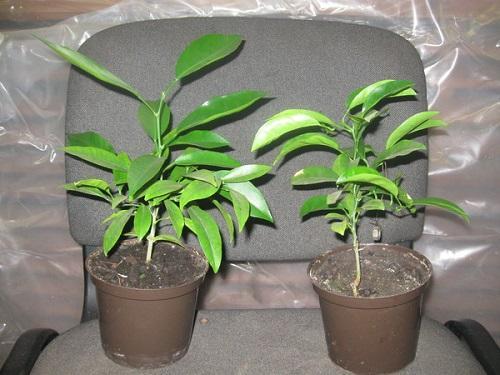How to care for a tangerine tree?
Evergreen perennial - The tangerine tree is often grown at home. It not only looks beautiful on the windowsill, but will also delight you with a delicious harvest. Small tangerines on fragile, at first glance, twigs ripen by autumn, and can hold out on a tree until the beginning of winter. In order for a tangerine tree to bear fruit, you need to properly care for it.

You can create ideal conditions for the development of a perennial by providing it with:
- nutrient soil;
- correct location and lighting;
- temperature regime;
- the necessary moisture and watering;
- regular fertilization;
- periodic pruning and replanting.
Soil selection
Mandarin loves loose nutrient soil in which the roots can "breathe". A prerequisite for planting a tree is the presence of a drainage layer in the pot. Excess moisture should flow freely from it.
Substrates for young plants and for mature trees differ slightly in composition. In order for young tangerines to bloom and form the first fruits, the following soil mixture is prepared for them:
- sheet land (1 part);
- sod land (2 parts);
- humus (part 1);
- sand (part).
For mature trees, the soil is additionally enriched with oily clay, while increasing the amount of sod land by 1.5 times.
Location and lighting

The tangerine tree requires good lighting and will feel most comfortable on the southern windowsill. It grows well on the southeast or southwest side. However, it is worth considering that direct sunlight will burn the delicate leaves, so in hot summer the plant is shaded.
Mandarin - Monogamous by nature, and does not tolerate frequent change of "place of residence".
With the arrival of summer, it is advisable to take a pot or a tub with a tree out into the open air. You can even dig it in a flowerbed, but before a cold snap, be sure to take it indoors.
Temperature regime and watering

Tying buds and further fruiting are possible only if the temperature regime is observed - 18 degrees Celsius in summer and at least 12 degrees in winter.
Water the tangerine with warm, settled water (preferably rainwater) several times a day. A leafy hat is sprayed with a spray bottle and a shower is arranged once a week. In winter, it is enough to moisten the soil 2 times a week.

If the plant does not want to bloom, you can force it. To do this, the mandarin is deprived of watering for a month.
Feeding, pruning and transplanting

Top dressing is carried out in spring and summer, the rest of the time the tangerine does not need them. As a fertilizer, special formulations for citrus plants are used, containing nitrogen and a little phosphorus.
On a young shoot, pinch the top so that it begins to bush. In the future, pruning is carried out to give the bush the desired shape. Dry and too weak branches are also removed.
Transplanting young tangerines should be done annually before growth begins, and mature trees every three years. The roots sticking out of the ground speak of the need to replace the pot.